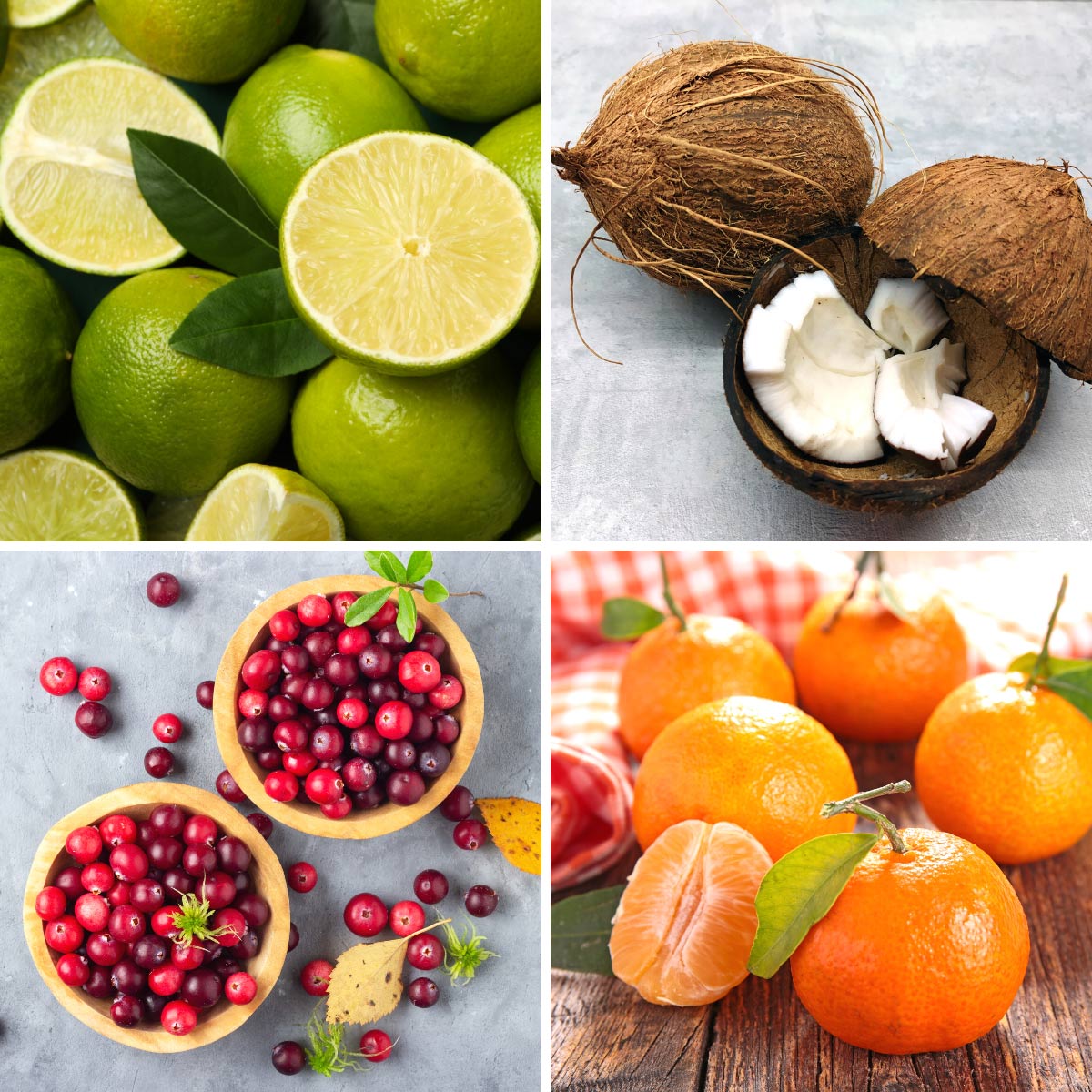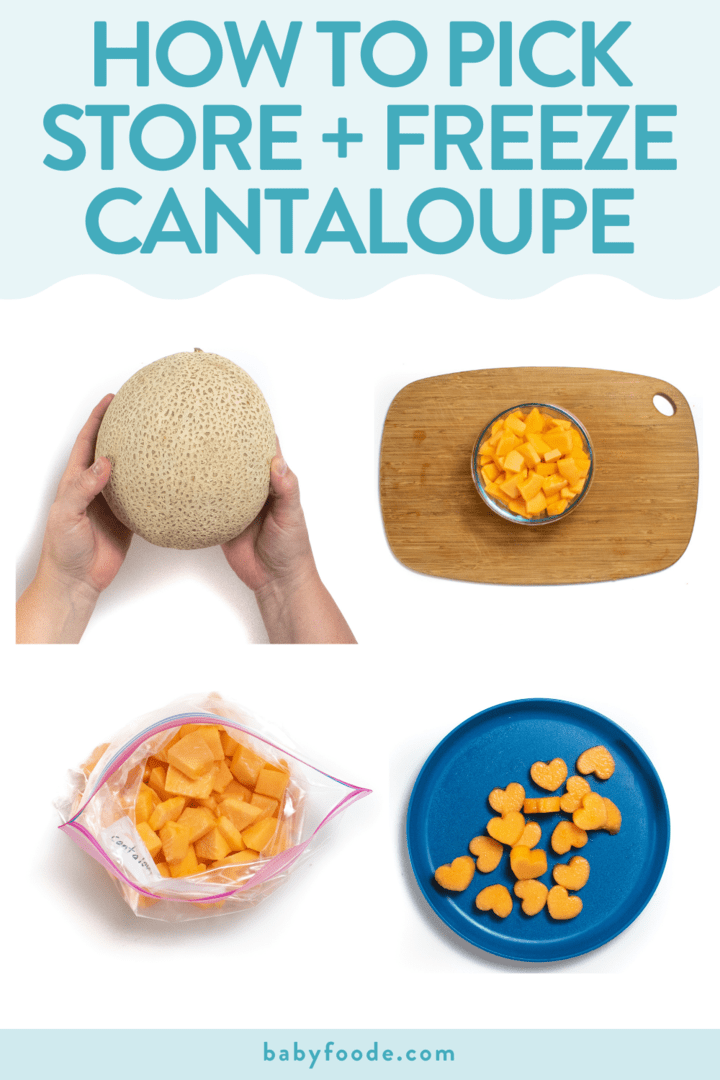Fruit That Starts With C: Explore These Exotic Varieties!
– Cainito: A fruit native to the Caribbean and Central America, commonly known as star apple. It has a purple or green skin and a sweet, creamy flesh.
– Calamansi: A small citrus fruit native to the Philippines. It is commonly used as a condiment or flavoring agent in Filipino cuisine.
– Canary Melon: A large, bright yellow melon with a sweet, mild flavor. It is often eaten raw or used in fruit salads.
– Canistel: A fruit native to Central America and the Caribbean. It has a smooth, custard-like flesh with a sweet, apricot-like flavor.
– Cape Gooseberry: A small orange fruit with a tangy and slightly sweet flavor. It is commonly used in jams, desserts, and salads.
– Caqui: A tropical fruit grown in Asia, often referred to as persimmon. It has a sweet and slightly tangy flavor.
– Casimiroa: A fruit native to Mexico, also known as white sapote. It has a creamy, custard-like flesh and a sweet flavor.
– Cassabanana: A large, oblong fruit native to South America. It has a pulpy flesh and is often used in cooking and baking.
– Cattley Guava: A fruit native to South America, similar to guava but smaller and sweeter. It is often used to make jellies and jams.
– Cawesh: A fruit native to Central America, also known as zapote. It has a creamy texture and a sweet, tropical flavor.
– Changunga: A small yellow fruit with a sweet flavor, native to South America. It is often used in desserts and drinks.
– Cherry Plum: A small fruit with a sweet and tart flavor, similar to a cherry. It is commonly used in jams and preserves.
– Chokeberry: A small, tart fruit native to North America. It is often used in juices, jams, and baked goods.
– Cloudberry: A small orange fruit with a tart and slightly sweet flavor. It is commonly used in jams and desserts.
– Cocky Apple: A fruit native to Australia, also known as bush apple. It has a tart and slightly sweet flavor.
– Coffeeberry: A fruit native to North America, similar to a coffee bean. It has a bitter taste and is often used as a coffee substitute.
– Cumquat: A small citrus fruit that is eaten whole, including the peel. It has a sweet and tangy flavor.
– Cupuacu: A fruit native to the Amazon rainforest, similar to cacao fruit. It has a creamy, chocolate-like flavor.

